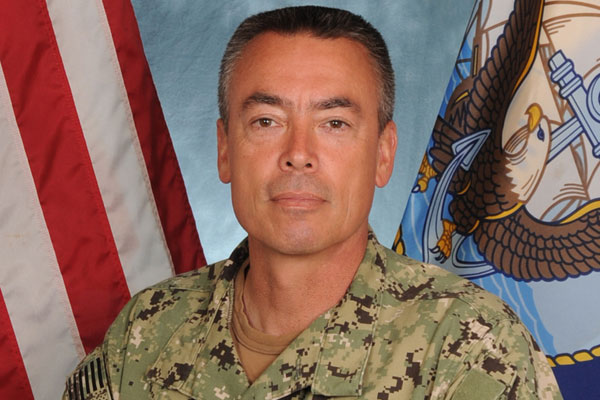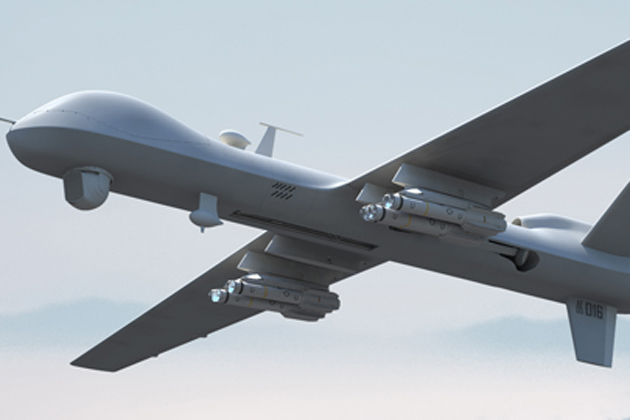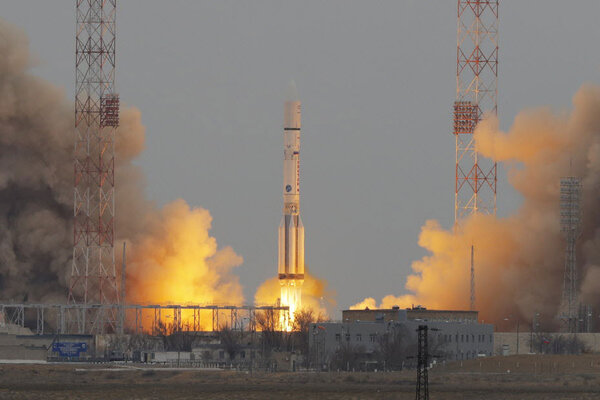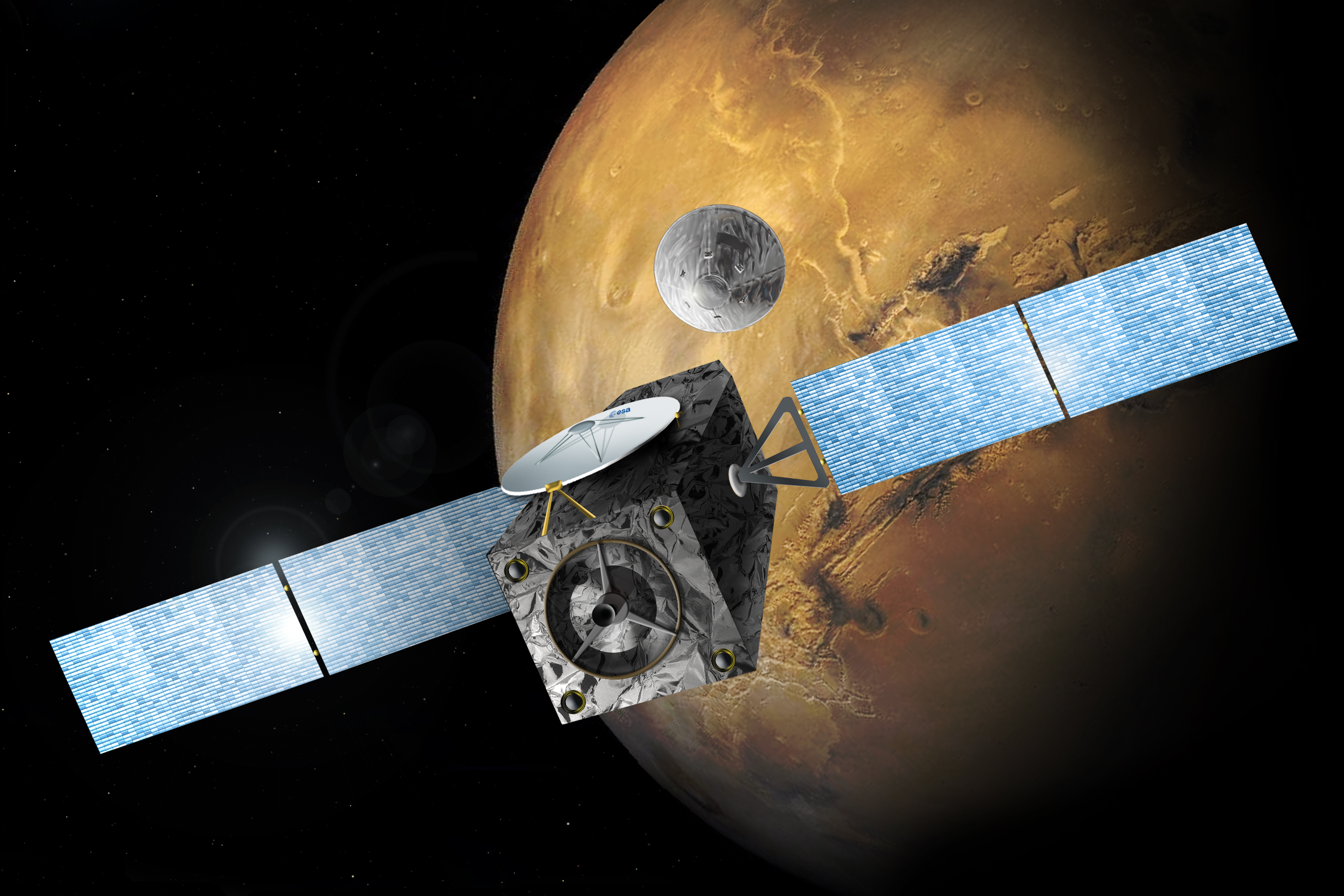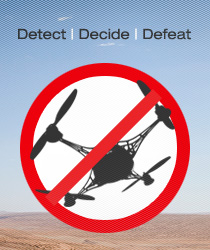Request for Information for U.S. Coast Guard C4IT Engineering Development, Integration, and Support Services - Federal Business Opportunities: Opportunities
Sol. #: HSCG44-16-R-RFI0012
Agency: Department of Homeland Security
Office: United States Coast Guard (USCG)
Location:
C4IT (C3CEN)
Posted On: Mar 14, 2016 2:43 pm
Current Type: Sources Sought (Modified)
Base Type: Sources Sought
Base Posting Date: Mar 09, 2016 4:24 pm
Link:
https://www.fbo.gov/notices/599280f11bc7c540b26800714f29c950
Requirement: The Department of Homeland Security (DHS), U.S. Coast Guard (USCG), Command, Control, Communications, Computer, and Information Technology (C4IT) Service Center has a requirement to procure acquire C4IT Engineering Development, Integration, and Support Services (CEDISS) for the design, development, integration, testing, and prototyping of new C4IT systems as well as modifications and technology refreshment or upgrades to existing C4IT systems. These services would also include the development and maintenance of engineering change and logistics support documents that enable C4IT system sustainment. These technical engineering development and support services are required by the Coast Guard's C4IT Service Center, and in particular the Command, Control, and Communications Engineering Center (C3CEN) located in Portsmouth, Virginia.
C3CEN's primary mission is to develop, integrate, deploy, maintain, and enhance advanced electronic Command and Control (C2), communications, and navigation systems. C3CEN facilitates continuous
improvement engineering that focuses on the rapid deployment of essential functionality followed by planned improvements based on enhanced or refined requirements. The systems developed and supported at C3CEN have a multi-mission focus on Law Enforcement, Search and Rescue, Maritime Mobility, Marine Safety, Defense Readiness, Marine Environmental Protection, and Ports, Waterways and Coastal Security. The systems may be as complex as a multi-tiered network of computers, radars, navigation receivers, satellite and radio based communication links installed throughout a Coast Guard Cutter, or a geographic based web-service Information Management System (IMS) that performs real-time correlation of CG and other government agency data feeds to provide maritime domain awareness, integrated vessel targeting, joint mission planning, and operations monitoring capabilities. Alternatively, the system may be as simple as interfacing a commercial maritime radar with an electronic chart plotter on a small boat. In both instances, the system architecture and development activities reflect the Coast Guard system engineering lifecycle process while the system implementation supports the Coast Guard's operational Sense-Assess-Decide-Act cycle performed by hundreds of ashore, afloat, and aviation units nationwide.
The C4ITSC and C3CEN have a continuing need for contractual access to qualified personnel with the required knowledge and experience, equipment, test instrumentation, data collection and analysis, and other technical services to support the design, development, integration, testing, prototyping, modification, upgrade, and technical refresh of C4IT systems supported by the following seven (7) Product Lines and Core Technologies:
- Communications Area Master Stations (CAMS): The CAMS product line provides reliable and efficient communications to USCG units and the maritime public. Some services are also key elements of the Global Maritime Distress and Safety System (GMDSS). Command Centers: The Command Centers product line develops and sustains integrated C2 systems designed to provide the Coast Guard's Area, District and Sector Commander's with Maritime Domain Awareness (MDA).
- Differential Global Positioning Systems (DGPS): The DGPS product line supports the Nationwide and Maritime Differential Global Positioning Systems that broadcast correction signals on marine radio beacon frequencies to improve the accuracy of and integrity to GPS-derived positions. The System provides service for coverage of the continental
US, the Great Lakes, Puerto Rico, portions of Alaska and Hawaii, and a greater part of the Mississippi River Basin.
- Remote Mission Systems: The Remote Mission Systems product line support remotely operated systems consisting of shore based VHF communication systems, nationwide automatic identification of vessels in harbors and harbor approaches, and electronic aids to navigation in support of USCG missions.
- Command and Control Systems: The Command and Control Systems core technology supports Shipboard C2 systems (SeaWatch), Navy Type Navy Owned, Intelligence and other tactical systems for the U.S. Coast Guard's C4IT, Surface and Aviation Product Lines.
- Communication Systems: The Communications System core technology supports UHF, VHF, HF and MF radio systems (e.g., commercial satellite, military satellite and terrestrial radio communication systems) designed to meet established enterprise-wide requirements as well as supporting ancillary radio system components (e.g. antennas, patch panels, modems) both afloat and ashore.
- Navigation Systems: The Navigation System core technology supports electronic navigation systems and navigation sensors installed onboard all Coast Guard boats and cutters. Electronic navigation systems comprise both commercial and government systems that serve as Electronic Charting Systems (ECS), Electronic Chart Display and Information Systems (ECDIS), and Integrated Navigation Systems (INS). Navigation Sensors comprise a variety of electronic nautical sensors, Differential Global Positioning Systems (DGPS) receivers, radars, depth sounders, Automatic Direction Finders (ADF), Automatic Identification System (AIS)
transponders, and fixed or handheld electro-optical devices.
The following eight (8) functional areas are required to support the Product Lines/Core Technologies identified above:
- System Requirements Analysis and Development
- System Design, Development, Implementation, and Enhancement
- Information Security and Certification and Accreditation Documentation and Support
- Integrated Logistics Support Planning and Execution
- Training Support
- Field Engineering Support
- System Life-cycle Support, Manufacturing and Assembly Services
- System Performance Data Analysis
